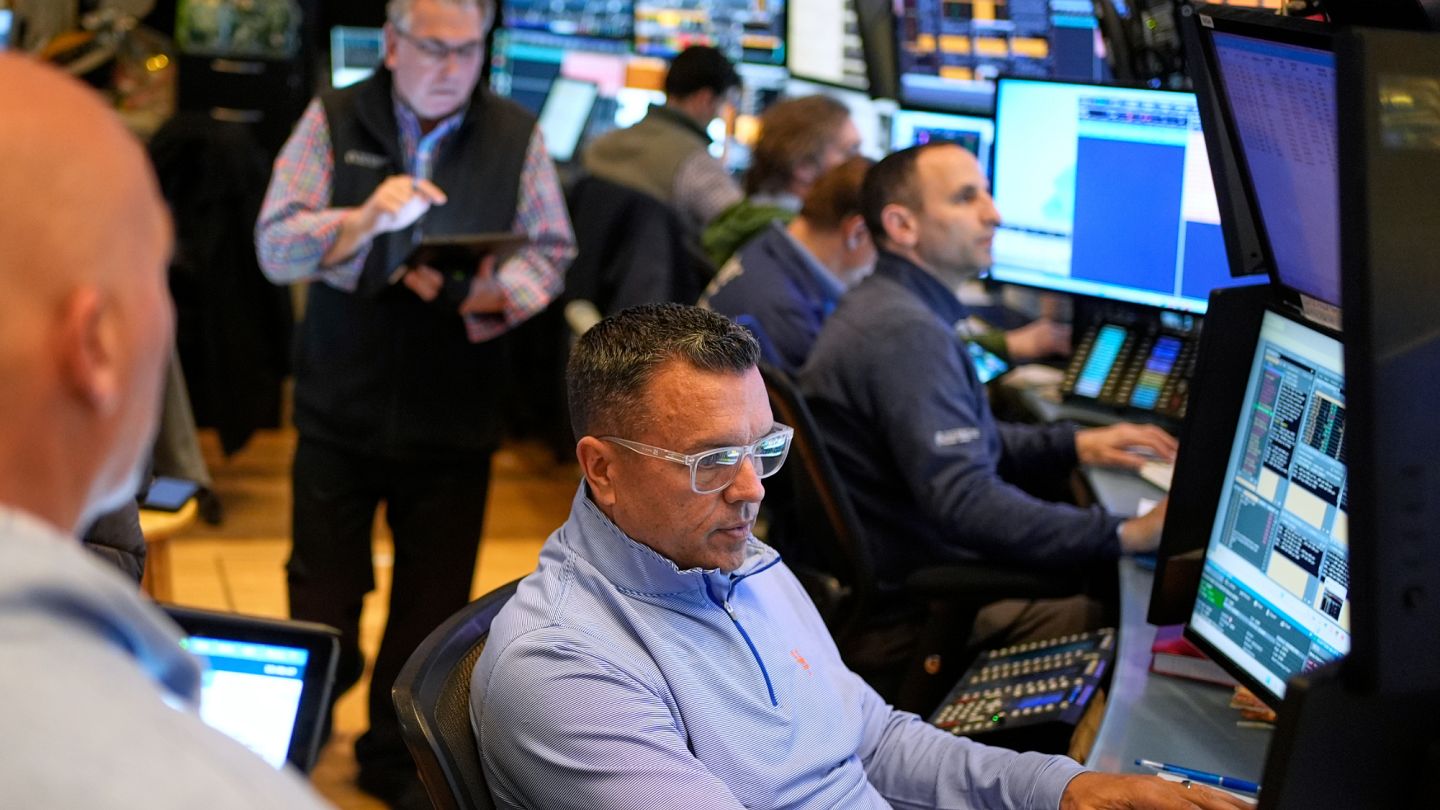Wall Street achieved historic gains with Trump's delay of tariffs for 90 days.
As investors welcomed President Donald Trump's decision to postpone tax rates for countries that do not retaliate for 90 days, Asian stocks followed the trend in the U.S., with Japan's benchmark index rising more than 2,000 points immediately after the Tokyo stock exchange opened.
Analysts expected a regional rebound due to the enthusiastic Wall Street performance on Wednesday, where U.S. stocks had one of their best days in history, fueled by high hopes that Trump would soften tariffs. On Thursday, Japan's Nikkei 225 index rose by 8.3% to 34,353.17 in morning trading, surging upwards as trading began. Australia’s S&P/ASX 200 index climbed 4.7% to 7,722.90. South Korea's Kospi gained 5.5% to reach 2,419.37. Hong Kong's Hang Seng rose by 3.7% to 21,003.84. The Shanghai Composite Index increased by 1.5% to 3,232.86. Stephen Innes, managing partner at SPI Asset Management, described the reaction as "from fear to enthusiasm." Referring to Trump's tariffs on China, he said, "This is now a manageable risk, especially as global recession tail risks dissipate and many exporters in Asia breathe a sigh of relief."
From fear to enthusiasm, the S&P 500 on Wall Street rose 9.5%, which could be considered a significant amount for the market in a good year. Earlier in the day, it had fallen due to concerns that Trump's trade war could plunge the global economy into recession. However, later, a post came on social media that global investors had been waiting for and wishing for. Trump stated, "I have granted a 90-day SUSPENSION authority for more than 75 countries that do not retaliate against the recent increases in tariffs." Treasury Secretary Scott Bessent later told reporters that Trump had halted 'reciprocal' tariffs imposed on most of the country’s largest trading partners but continued the 10% tariff applied to nearly all global imports. However, China was a major exception, and Trump said tariffs on products from that country could increase up to 125%. This raises the possibility of further volatility that could rattle financial markets. The trade war is not over, and an escalating war between the two largest economies in the world could cause significant damage. U.S. stocks were also trading below levels from a week prior, when Trump announced tariffs globally, which he called "Independence Day."
However, at least on Wednesday, Wall Street's focus was positive. The Dow Jones Industrial Average gained 2,962 points or 7.9%. The Nasdaq composite index jumped 12.2%. The S&P 500 had its third-best day since 1940. This relief came after doubts emerged about whether Trump was considering the financial pain caused to U.S. markets by the tariffs. The S&P 500 index, which is central to many accounts, began the day nearly 19% below the record it broke less than two months earlier. This situation surprised many professional investors who thought a president who had long boasted of breaking records under his own oversight would backtrack from policies that rattled the markets.
The rally pulled the S&P away from the brink of what professionals refer to as a "bear market." This term describes a situation where a typical 10% decline in U.S. stocks transforms into a more severe 20% drop. The index is currently down 11.2% from its record high. Wall Street also received support on Wednesday from a relatively smooth U.S. Treasury bond auction in the bond market. Earlier spikes in Treasury yields had rattled the market and indicated rising stress levels. Trump also stated on Wednesday that the bond market was "a bit nauseating." Analysts suggest that the rise in yields could be due to various reasons, including hedge funds and other investors being forced to sell Treasury bonds to raise cash to offset losses in the stock market. Investors outside the United States may also be selling their U.S. Treasury bonds due to the trade war. Such actions would lower the prices of Treasury bonds, which in turn would increase their yields.
Regardless of the reasons behind it, high yields on Treasury bonds put pressure on the stock market and push mortgage and other loan rates higher for U.S. households and businesses. These movements are particularly notable because historically, yields on U.S. Treasury bonds have fallen in times of market distress - they have not risen - as bonds are generally seen as some of the safest investments available. This week’s sharp rise brought the yield on the 10-year Treasury bond back to levels seen at the end of February. In the morning, the yield on the 10-year bond, which approached 4.50%, fell to 4.34% after Trump’s announcement and the Treasury auction. This rate is still higher than the 4.26% at the end of Tuesday and the 4.01% at the end of last week.
In energy trading, the benchmark U.S. crude oil fell by 35 cents to $62.00 per barrel. International benchmark Brent crude oil dropped by 48 cents to $65.00 per barrel. In currency trading, the U.S. dollar fell from 147.38 yen to 146.82 yen. The euro rose from $1.0954 to $1.0966.


